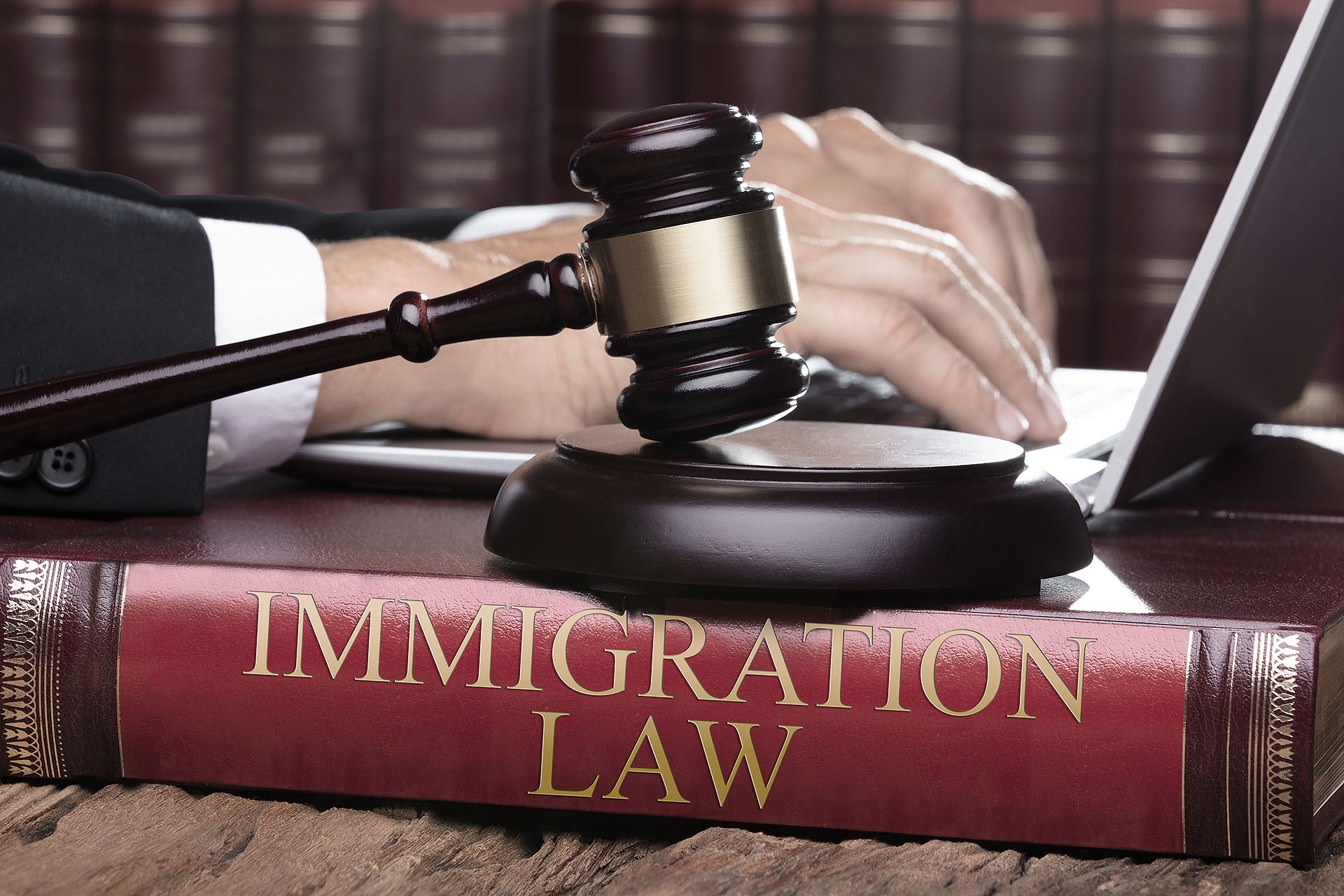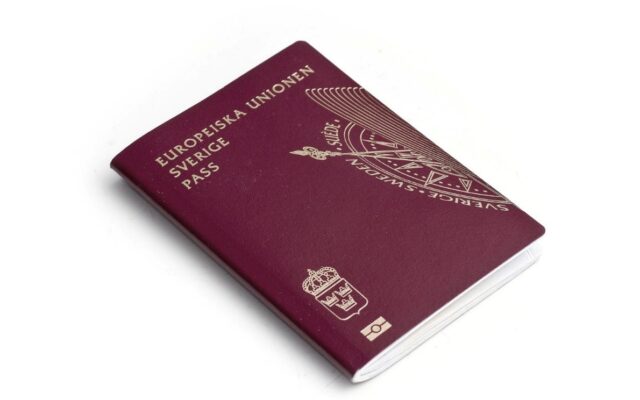How does the US visa interview work?

People applying for a visa to the United States, at least for the first application, usually need to visit the embassy for an interview. Here is a brief description of what to expect at the interview.
To begin with, it is worth noting that the “interview” does not resemble the meeting that one generally associates with the word “interview”. Most people may associate “interview” with a job interview, where you go into an office or meeting room and talk to one or a few other people sitting at a table in a more or less relaxed setting. This is not the case with the visa interview. The visa interview is quick. Very quick. Most visa interviews take between 1-5 minutes. I have had clients whose interview was less than a minute. At most embassies and consulates, interviews are held in the morning, often between 8 am and noon. It is not unusual that the official you meet will hold up to 100 interviews in about 4 hours. In Stockholm, this short interview takes place at a counter where the counselor officer stands behind a plexiglass and the applicant stands in front of the plexiglass.
Before the interview, the applicant has completed form DS 160 online and paid the application fee. Usually, the form is submitted several months before the interview. But this does not mean that the counselor officer has carefully reviewed the form before the interview. In most cases, the counselor officer brings up the form on his or her computer screen the moment the applicant steps in front of the plexiglass.
Because the interview moves so quickly, there is no opportunity for the counselor officer to read the entire form. Instead, the counselor officer focuses on a few key questions or certain red flags that have been generated by the computer system. Have you been suspected or convicted of a crime? Have you previously overstayed in the US, i.e. stayed longer than previously authorized?
The counselor officer then forms an opinion on whether there is a risk that the applicant will remain in the United States and not leave the country when the period of stay expires. Under the law, there is a presumption that all applicants will remain in the United States illegally. This presumption is called ‘immigrant intent’. In other words, the default setting by law is that the applicant will overstay and should therefore be denied. It is the applicant who has the burden of proving that he/she will not remain in the US. If there is any doubt in the mind of the counselor officer, the application will be denied. It is not possible to appeal the counselor’s decision. A denial based on paragraph 214b usually means that the applicant has not persuaded the counselor officer of the applicant’s intention to depart the USA when the visa period of lawful presence in the USA expires.
It is wise for the applicant to raise any problems at the outset, such as previous criminal convictions or stays in the US. It is not a good strategy to hope that the counselor officer will not find these problems. It is better to be transparent.
Since the counselor officer is under pressure to complete many interviews in a short period of time, they want to see circumstances that indicate that a clear rejection or a clear approval is warranted. Make sure that you end up in the latter category, i.e. clear approval. Your chances of success will be improved if you rehearse what you are going to say so that you can relay important information quickly and easily and in a convincing manner. As we say in the US, practice makes perfect. Stand in front of a mirror, or practice with a friend, or talk to a lawyer so that your elevator speech is polished and effective.
Good luck at your interview!

